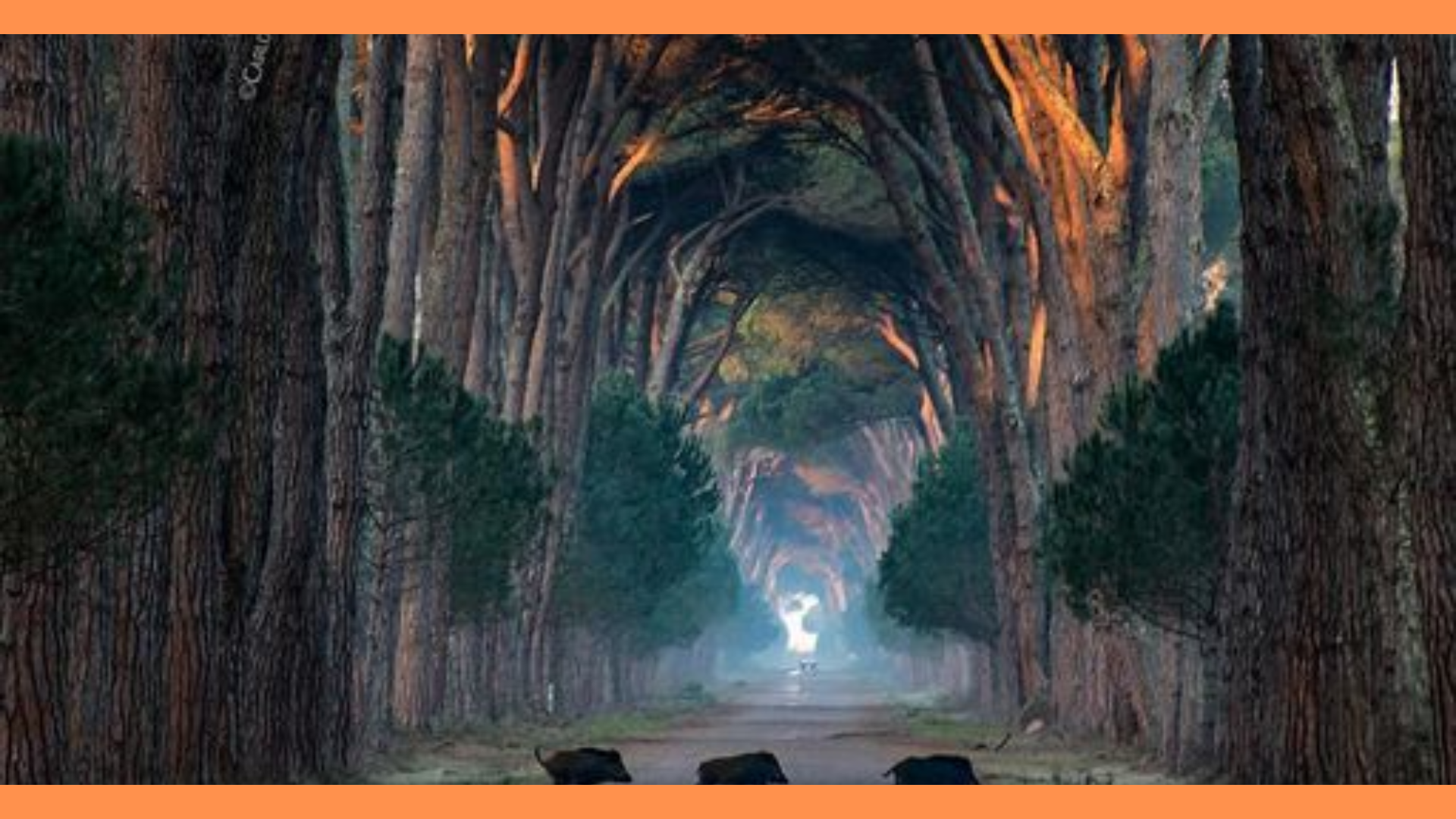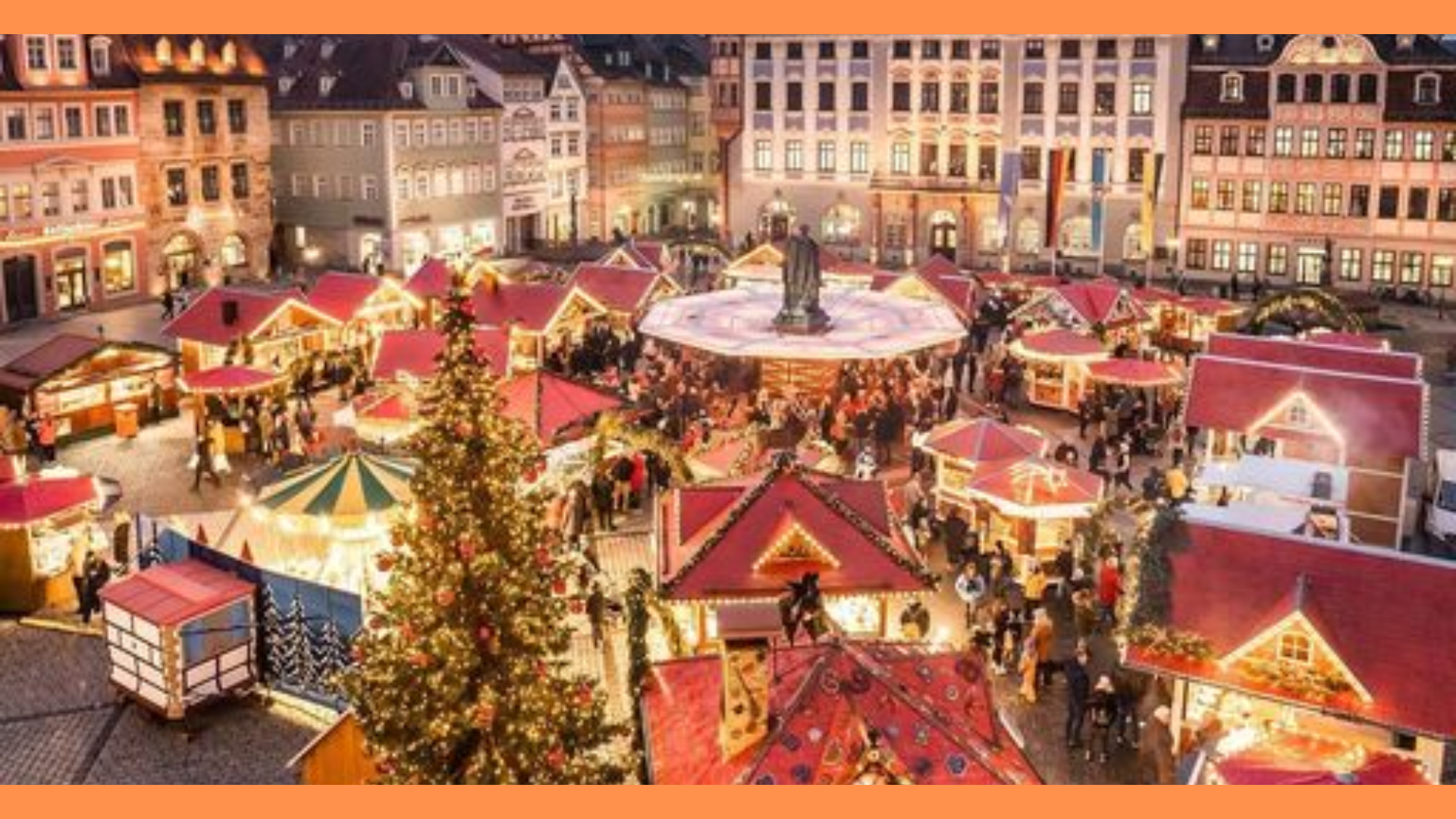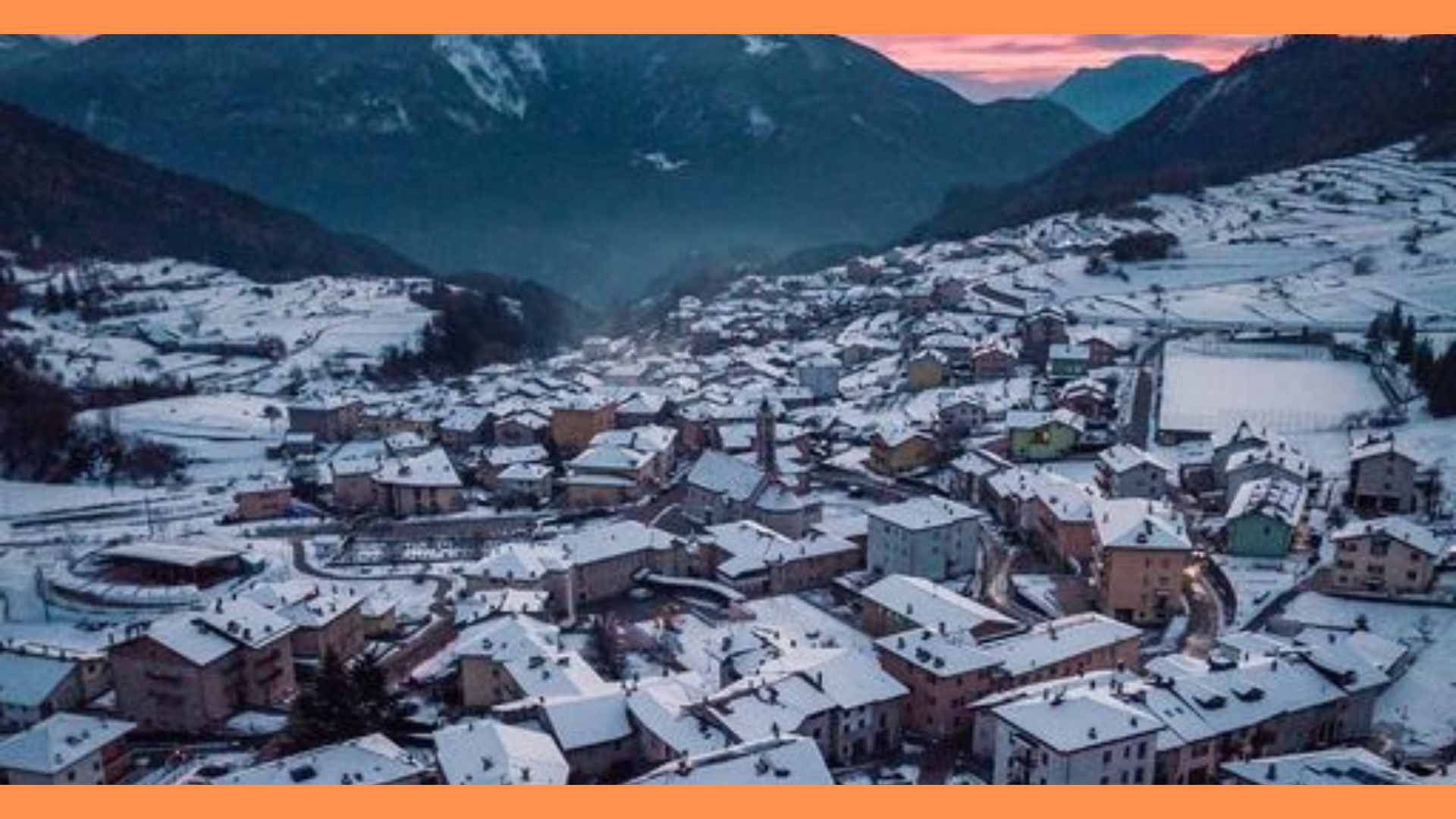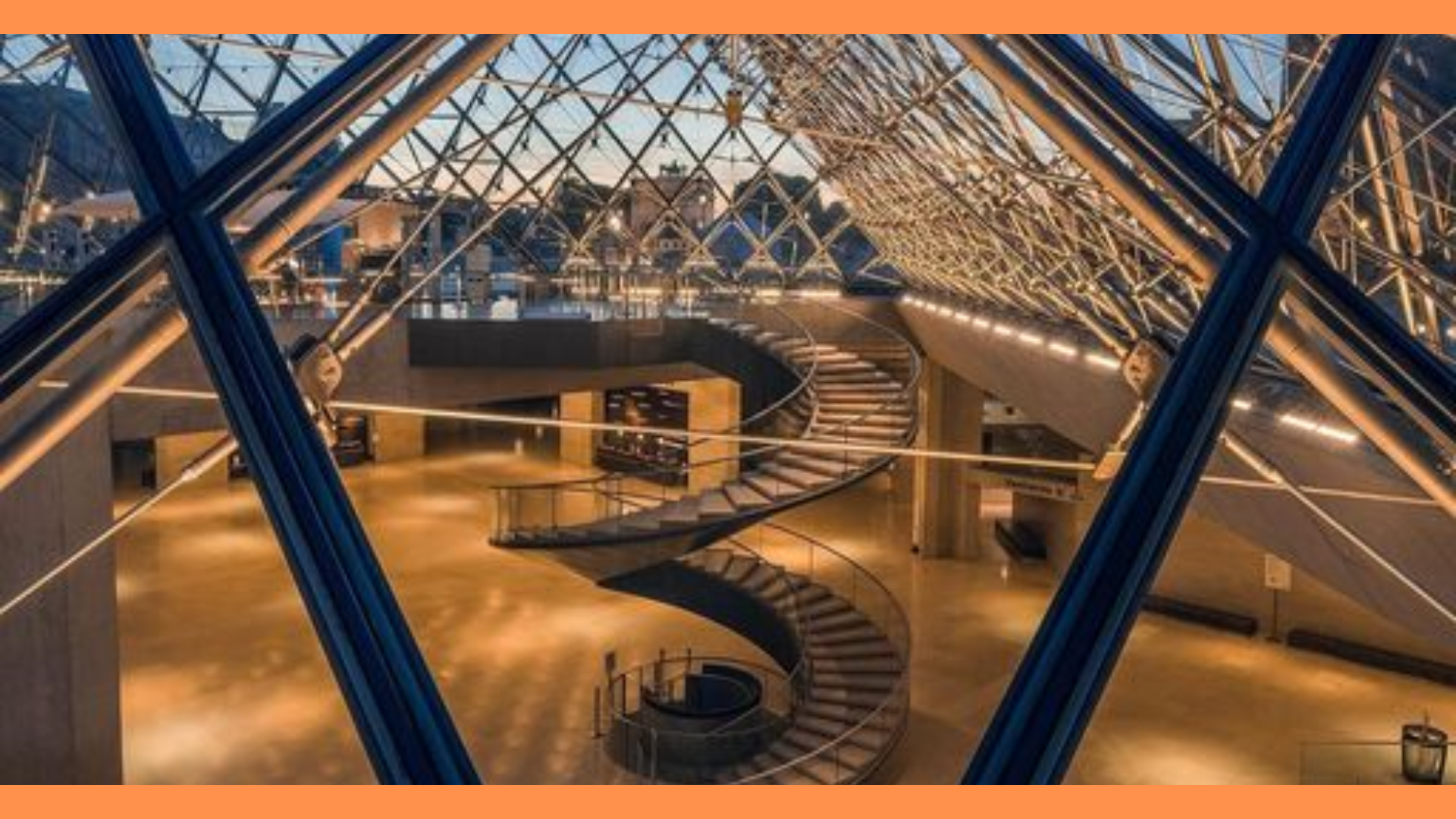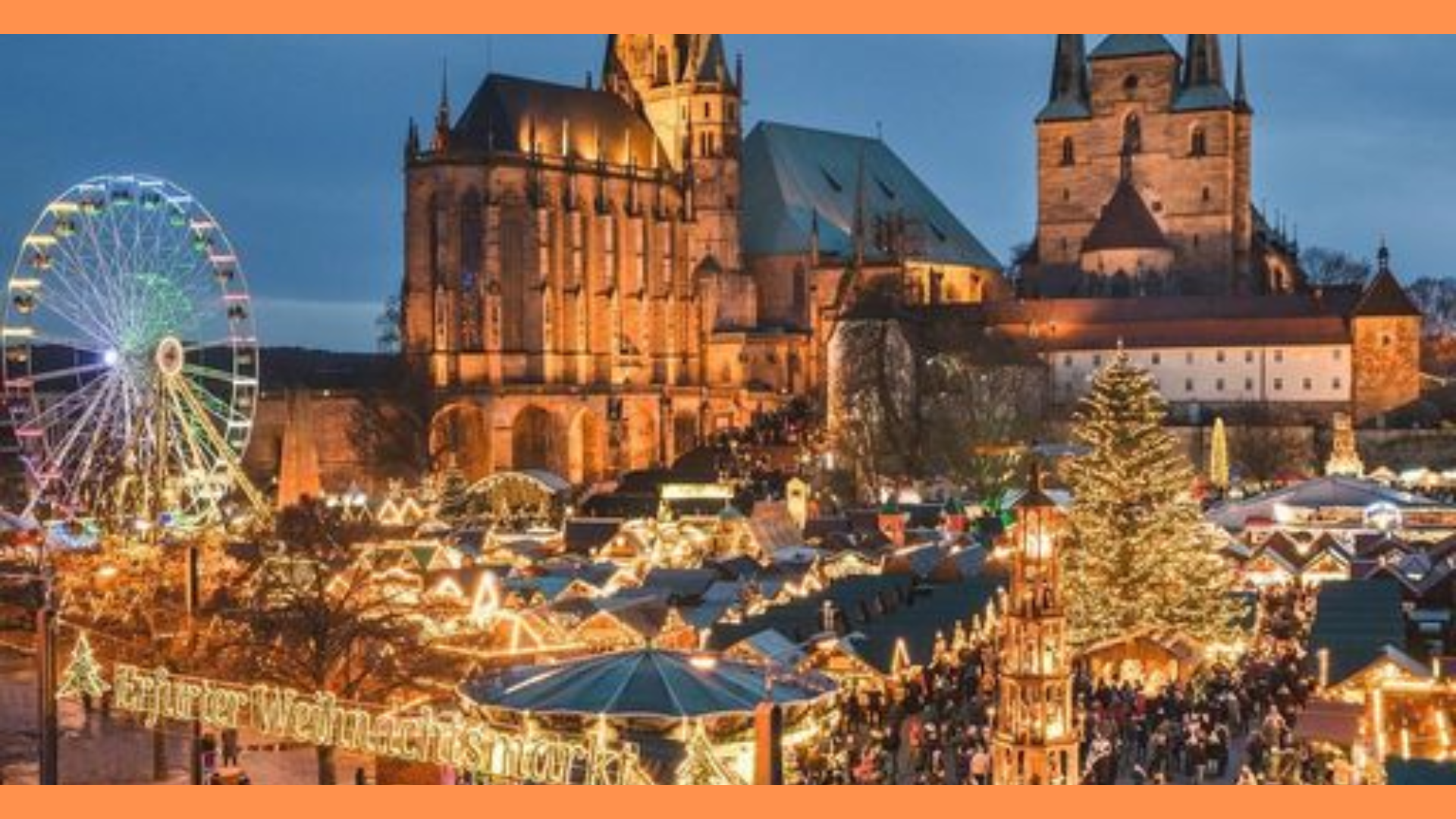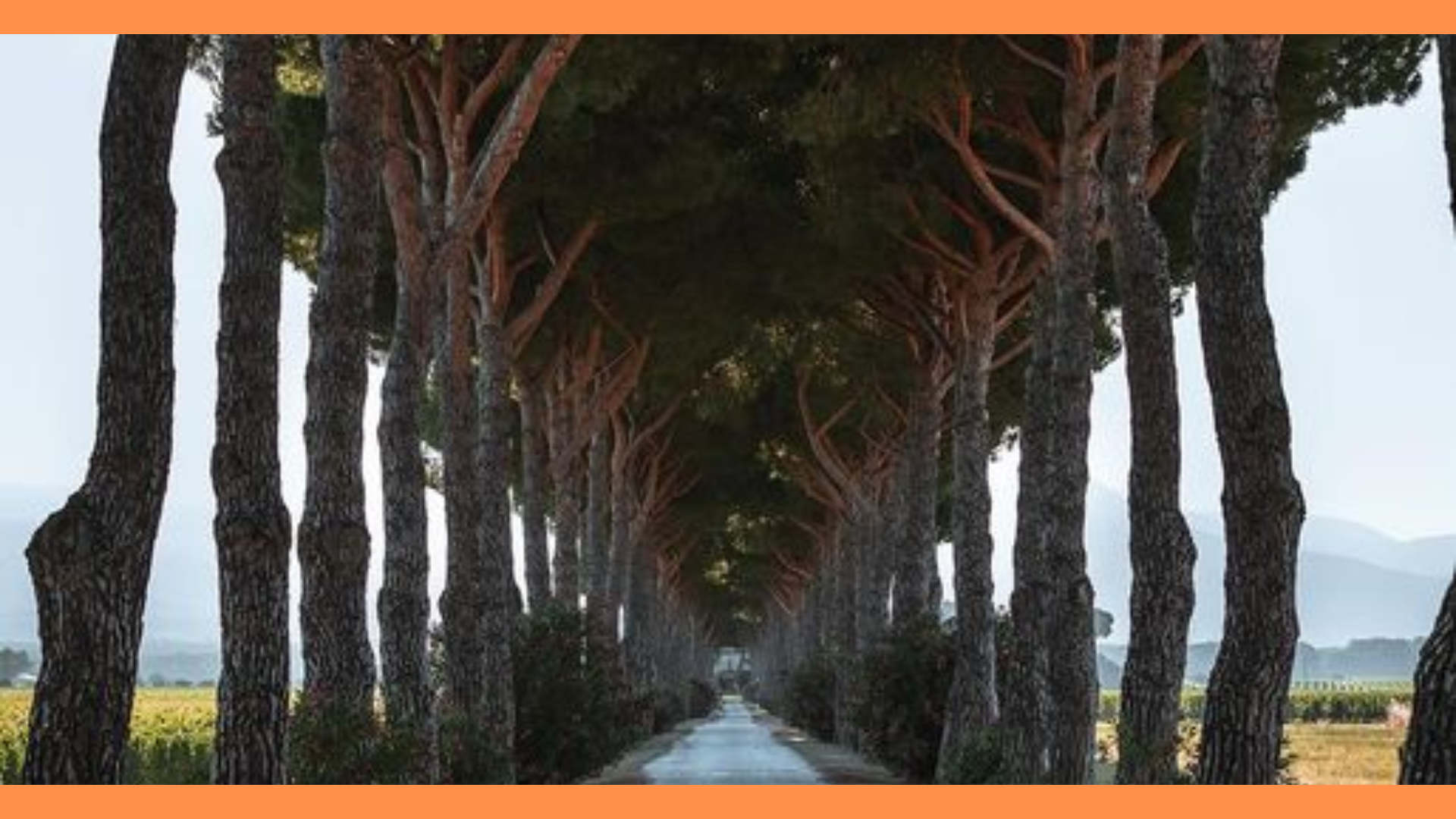Pisa, a jewel of Tuscany, captivates with its historical landmarks, cultural depth, and rich culinary heritage. From the iconic Leaning Tower to its flavorful traditional dishes, Pisa offers a multifaceted experience that enchants and inspires visitors, making it a must-visit destination in Italy.
I. Introduction
Pisa, nestled in the heart of Tuscany, is renowned for its historic and cultural richness. With the iconic Leaning Tower as its most famous landmark, Pisa offers a blend of medieval architecture, academic heritage, and vibrant local culture, making it an essential stop on any Italian itinerary.
A. Overview of Pisa
Pisa, a charming city nestled in the heart of Tuscany, Italy, is famed for its rich history, stunning architecture, and vibrant cultural scene. Located along the banks of the Arno River, Pisa is one of the most iconic cities in Italy, boasting a legacy that dates back to Roman times. This historical city has long been a hub of education and maritime prowess, contributing significantly to the cultural and scientific advancements of the Western world. The University of Pisa, one of the oldest universities in Europe, has been a center of learning since its establishment in 1343, attracting scholars from around the globe.
B. Importance as a Travel Destination
Pisa’s global reputation is largely anchored by its world-famous Leaning Tower, a testament to medieval architectural ingenuity and a magnet for tourists from all corners of the earth. However, beyond this iconic structure, the city is a treasure trove of historical landmarks and architectural marvels. The Piazza dei Miracoli, a UNESCO World Heritage site, encapsulates the city’s rich heritage with its ensemble of the Leaning Tower, Pisa Cathedral, Baptistery, and Camposanto Monumentale.
II. Travel Destinations in Pisa
Pisa’s iconic landmarks, including the Leaning Tower, Piazza dei Miracoli, and the Pisa Cathedral, are testaments to the city’s architectural ingenuity and historical importance. These sites draw millions of visitors each year, eager to witness their grandeur and explore their rich histories.
A. Iconic Landmarks
1. Leaning Tower of Pisa
No visit to Pisa is complete without marveling at the Leaning Tower, one of the most recognizable structures in the world. This freestanding bell tower, part of the cathedral of the Italian city of Pisa, is renowned for its unintended tilt, which began during construction in the 12th century due to unstable foundation soil. The tower’s unique tilt and historical significance make it a must-visit attraction. Climbing the tower’s 294 steps offers a panoramic view of the city, rewarding visitors with breathtaking sights that stretch across the Tuscan landscape.
2. Piazza dei Miracoli (Square of Miracles)
The Piazza dei Miracoli, also known as the Square of Miracles, is a stunning complex of sacred and historical buildings, declared a UNESCO World Heritage site. This piazza is home to the Leaning Tower, the Pisa Cathedral (Duomo), the Pisa Baptistery, and the Camposanto Monumentale. Each structure is a masterpiece of medieval architecture, showcasing the city’s artistic and architectural achievements. The grandeur and historical significance of these buildings make the Piazza dei Miracoli a focal point for tourists and a symbol of Pisa’s illustrious past.
3. Pisa Cathedral (Duomo)
The Pisa Cathedral, an architectural marvel in the Romanesque style, stands at the heart of the Piazza dei Miracoli. Dedicated to the Assumption of the Virgin Mary, the cathedral was completed in 1092 and has since been a testament to the city’s artistic and religious heritage. Its exterior is adorned with intricate marble work, and the interior is equally impressive, featuring elaborate mosaics and a stunningly carved pulpit by Giovanni Pisano. The Duomo’s grandeur and historical importance make it a central attraction for visitors.
4. Pisa Baptistery
The Pisa Baptistery, the largest in Italy, is a striking example of the blend of Romanesque and Gothic architectural styles. Constructed between 1153 and 1363, the Baptistery is renowned for its perfect acoustics and beautifully decorated interior. Visitors are often treated to impromptu demonstrations of its acoustics by the staff, creating a unique and memorable experience. The Baptistery’s intricate design and historical significance add to the overall splendor of the Piazza dei Miracoli.
B. Historical and Cultural Sites
1. Camposanto Monumentale (Monumental Cemetery)
The Camposanto Monumentale, or Monumental Cemetery, is a sacred and historical site that completes the ensemble of the Piazza dei Miracoli. Founded in 1277, the cemetery is renowned for its collection of Roman sarcophagi and medieval frescoes. The “Holy Field” is said to contain soil brought from Golgotha, making it a place of great religious significance. The serene and contemplative atmosphere of the Camposanto, combined with its rich artistic heritage, offers a profound experience for visitors.
2. Museo dell’Opera del Duomo
The Museo dell’Opera del Duomo houses a remarkable collection of artifacts, artworks, and historical treasures from the cathedral and other buildings in the Piazza dei Miracoli. The museum provides insight into the history and artistic achievements of Pisa, showcasing works by renowned artists such as Giovanni Pisano and Tino di Camaino. Visitors can explore a vast array of sculptures, paintings, and religious artifacts, making it an essential destination for art and history enthusiasts.
3. Palazzo della Carovana
The Palazzo della Carovana, located in the Knights’ Square (Piazza dei Cavalieri), is a historic building that serves as the headquarters of the Scuola Normale Superiore di Pisa. Designed by Giorgio Vasari in the 16th century, the palazzo features a stunning façade adorned with intricate sculptures and allegorical figures. The building’s historical and architectural significance, combined with its role in the city’s academic life, makes it a notable landmark in Pisa.
C. Scenic Attractions
1. Arno River
The Arno River, flowing through the heart of Pisa, adds to the city’s scenic charm. Strolling along the Lungarni, the streets that run alongside the river, offers picturesque views of historic buildings and bridges. Boat tours on the Arno provide a unique perspective of the city’s landmarks, allowing visitors to appreciate Pisa’s beauty from the water.
2. Botanical Garden of Pisa
The Botanical Garden of Pisa, established in 1543, is one of the oldest botanical gardens in the world. Managed by the University of Pisa, the garden boasts a diverse collection of plants, trees, and herbs from around the globe. The serene environment and historical significance of the garden make it a peaceful retreat for visitors looking to connect with nature.
3. Knights’ Square (Piazza dei Cavalieri)
Knights’ Square, once the political center of medieval Pisa, is a historic square that now serves as a hub of academic and cultural life. The square is surrounded by notable buildings, including the Palazzo della Carovana and the Church of Santo Stefano dei Cavalieri. The blend of historical architecture and vibrant student life creates a unique atmosphere, making Knights’ Square a must-visit destination in Pisa.
III. Cuisine of Pisa
Pisa’s culinary scene is rich with traditional dishes that reflect its Tuscan roots. From the savory pappa al pomodoro to the sweet indulgence of cantuccini with Vin Santo, Pisa’s cuisine offers a delightful journey through the region’s flavors and culinary traditions.
A. Traditional Dishes
1. Pappa al Pomodoro
Pappa al Pomodoro is a traditional Tuscan dish that embodies the region’s rustic culinary heritage. This hearty tomato and bread soup is made using ripe tomatoes, stale bread, garlic, olive oil, and basil. The ingredients are simmered together until they meld into a thick, comforting soup. Originally a peasant dish, Pappa al Pomodoro showcases the Tuscan knack for transforming simple ingredients into delicious, flavorful meals. It’s often served warm and garnished with a drizzle of extra virgin olive oil and fresh basil, offering a taste of the Tuscan countryside.
2. Ribollita
Ribollita is another iconic Tuscan soup, traditionally made with leftover bread and a variety of vegetables, including beans, kale, cabbage, carrots, and onions. The name “ribollita” means “reboiled,” reflecting its origins as a way to reuse and enhance leftover vegetable soup by reheating it with bread. This dish is a staple of Tuscan cucina povera (poor kitchen), highlighting the region’s resourceful culinary practices. Ribollita is typically served thick and hearty, making it a perfect comfort food, especially during the colder months.
3. Cacciucco
Cacciucco is a traditional seafood stew that originates from the coastal areas of Tuscany, including Pisa. This rich and flavorful dish features a mix of different fish and shellfish, simmered in a tomato-based broth with garlic, red wine, and chili peppers. The stew is typically served with slices of toasted bread rubbed with garlic, which are placed at the bottom of the bowl to soak up the delicious broth. Cacciucco is a testament to Tuscany’s coastal culinary traditions, offering a taste of the Mediterranean’s bounty.
B. Local Specialties and Street Food
1. Cecina
Cecina, also known as farinata, is a popular street food in Pisa and other parts of Tuscany. This savory pancake is made from chickpea flour, water, olive oil, and a pinch of salt. The batter is baked in a wood-fired oven until it develops a crispy exterior and a soft, creamy interior. Cecina is often enjoyed as a snack or appetizer, sometimes seasoned with rosemary or topped with fresh black pepper. Its simple ingredients and satisfying texture make it a beloved local specialty.
2. Panino con Porchetta
Panino con Porchetta is a classic Italian sandwich featuring slices of succulent, herb-infused roasted pork, known as porchetta, served in a crusty roll. Porchetta is typically seasoned with garlic, rosemary, fennel, and other herbs, then slow-roasted until the meat is tender and flavorful. In Pisa, this sandwich is a popular street food, often enjoyed during festivals and outdoor events. The combination of juicy, aromatic pork and crusty bread creates a delicious and satisfying meal on the go.
3. Schiacciata
Schiacciata is a traditional Tuscan flatbread that resembles focaccia but is typically thinner and crispier. It is made from simple ingredients: flour, water, olive oil, yeast, and salt. The dough is rolled out, generously brushed with olive oil, and sprinkled with salt before baking. Schiacciata can be enjoyed plain or filled with a variety of ingredients, such as cured meats, cheeses, and vegetables. This versatile bread is a staple in Tuscan cuisine, often enjoyed as a snack, appetizer, or accompaniment to meals.
C. Regional Ingredients and Products
1. Tuscan Olive Oil
Tuscan olive oil is renowned for its high quality and distinctive flavor, characterized by a fruity, peppery taste with a hint of bitterness. The olive groves in Tuscany benefit from the region’s unique climate and soil conditions, producing olives that yield exceptional oil. Tuscan olive oil is a cornerstone of the region’s cuisine, used in cooking, dressings, and as a finishing touch for many dishes. Its robust flavor enhances the taste of salads, vegetables, meats, and even bread.
2. Pecorino Toscano
Pecorino Toscano is a traditional sheep’s milk cheese from Tuscany, known for its rich, buttery flavor and smooth texture. This cheese comes in various stages of aging, from fresh (fresco) to aged (stagionato), each offering a different taste experience. Fresh Pecorino Toscano is soft and mild, while the aged version is firmer and more robust in flavor. It is commonly used in Tuscan cooking, enjoyed on its own, or paired with honey, jams, and fresh fruits. Pecorino Toscano is a versatile cheese that adds depth and richness to many dishes.
3. Tuscan Wine
Tuscany is one of Italy’s most famous wine-producing regions, and its wines are celebrated worldwide for their quality and diversity. The region’s signature wine is Chianti, made primarily from Sangiovese grapes, known for its fruity and earthy notes. Other notable Tuscan wines include Brunello di Montalcino, Vino Nobile di Montepulciano, and the Super Tuscans, which are premium wines often made from a blend of traditional Italian and international grape varieties. Tuscan wines are integral to the region’s culinary culture, perfectly complementing its rich and flavorful dishes.
Pisa’s culinary scene is a delightful reflection of its rich history and vibrant culture. From traditional Tuscan dishes to beloved street food and exquisite regional products, the city’s cuisine offers a flavorful journey through the heart of Tuscany. Whether savoring a bowl of ribollita, indulging in a panino con porchetta, or enjoying a glass of Chianti with a slice of Pecorino Toscano, visitors to Pisa can experience the essence of Tuscan gastronomy in every bite.

